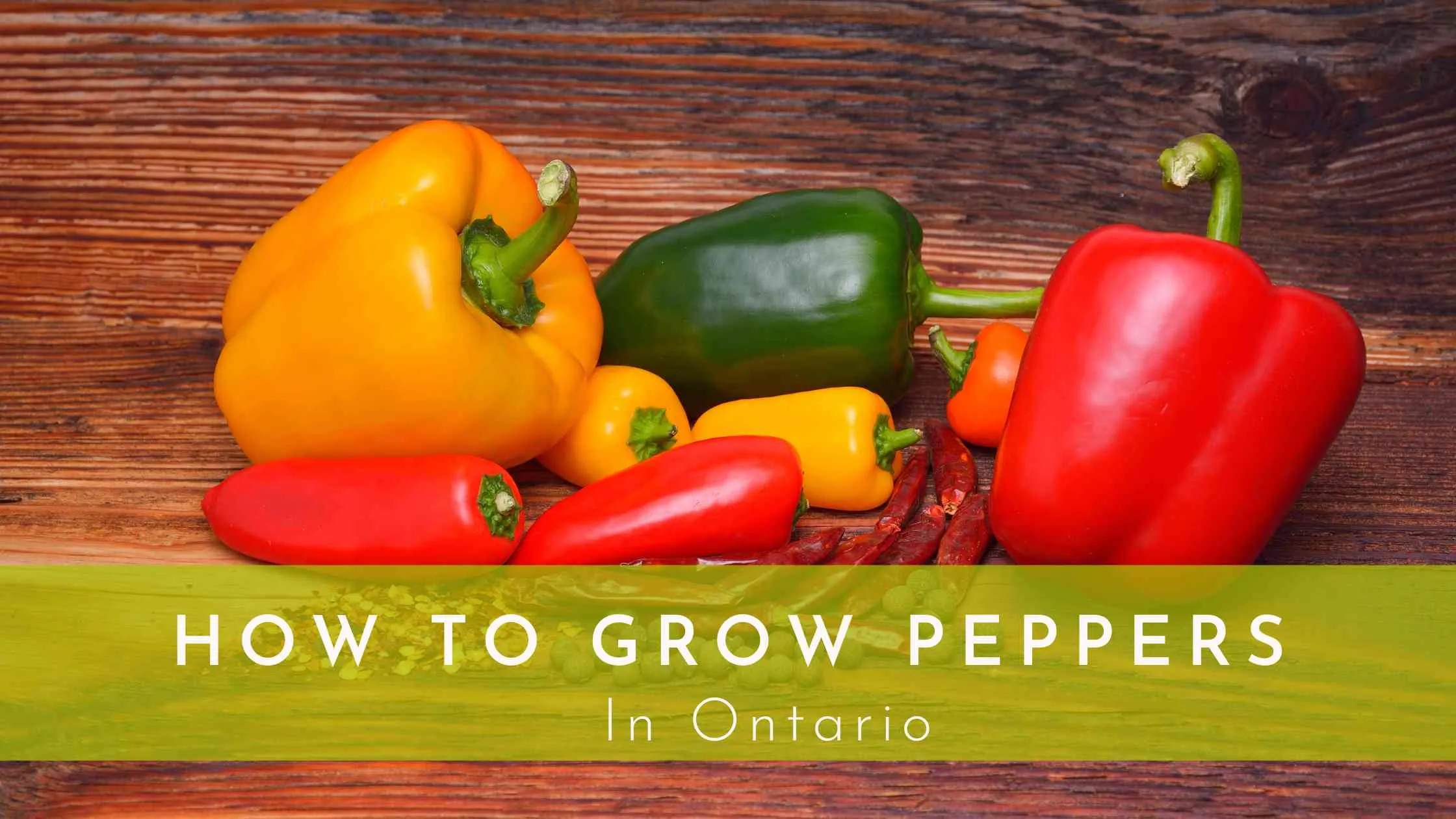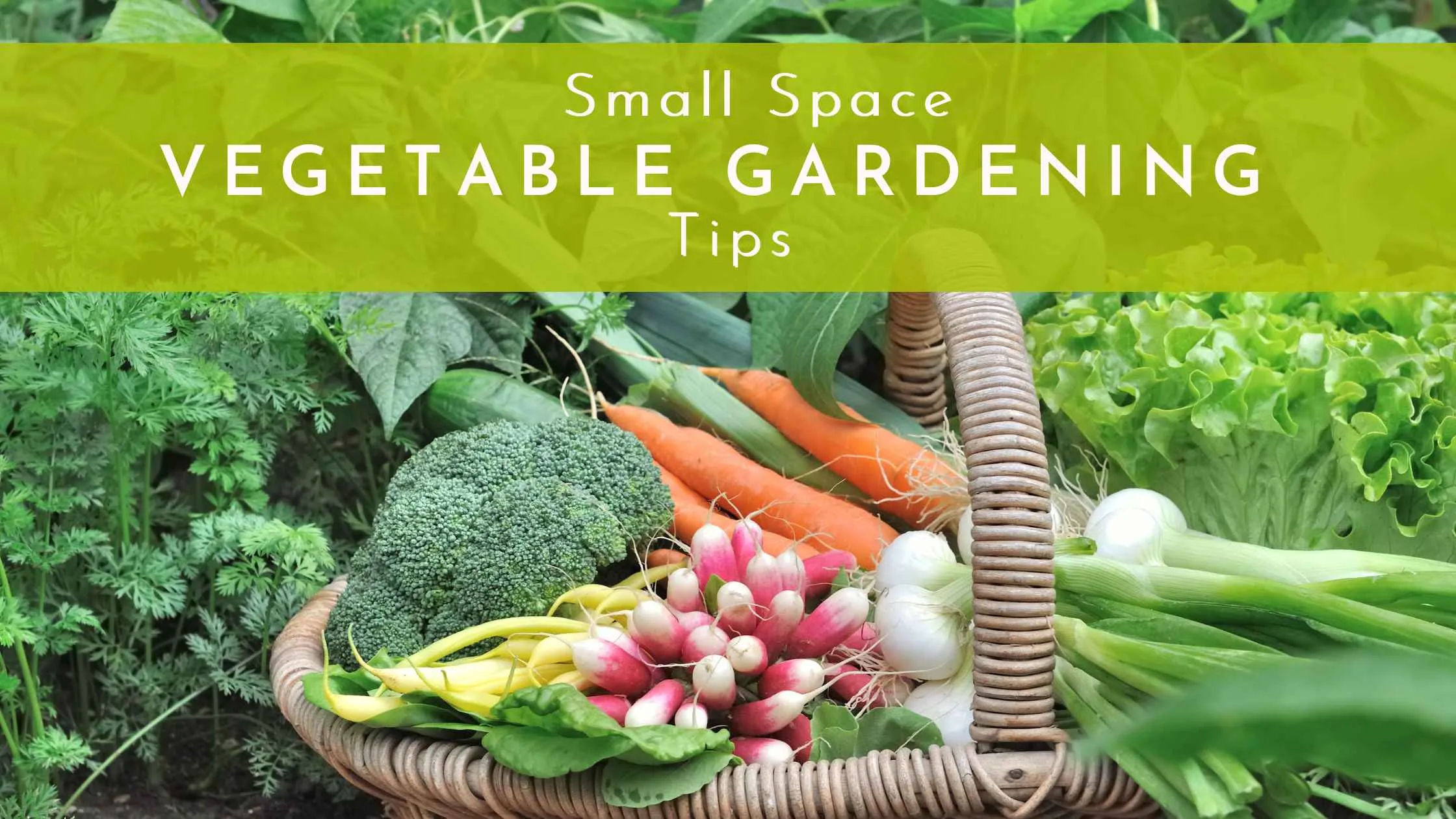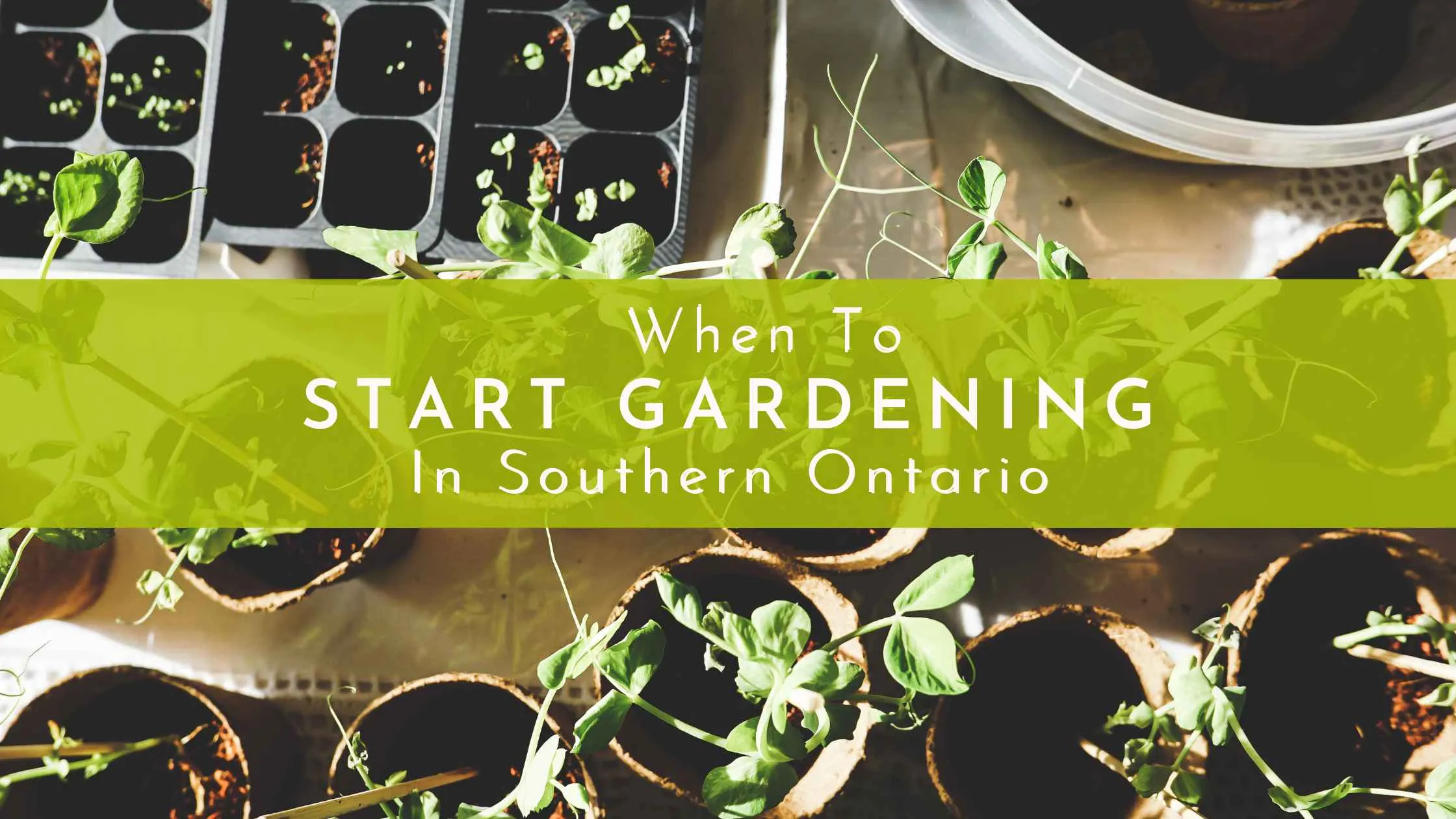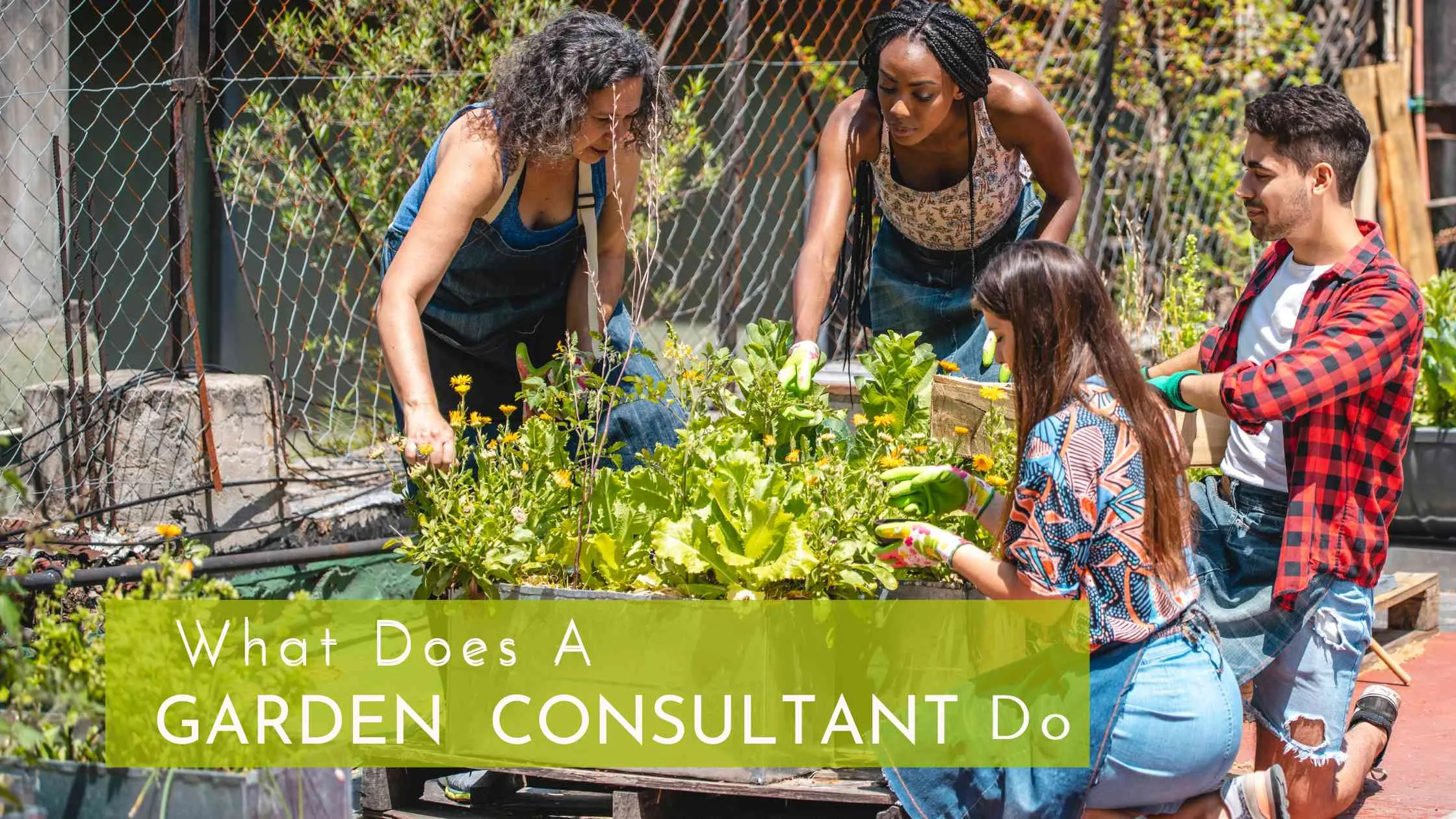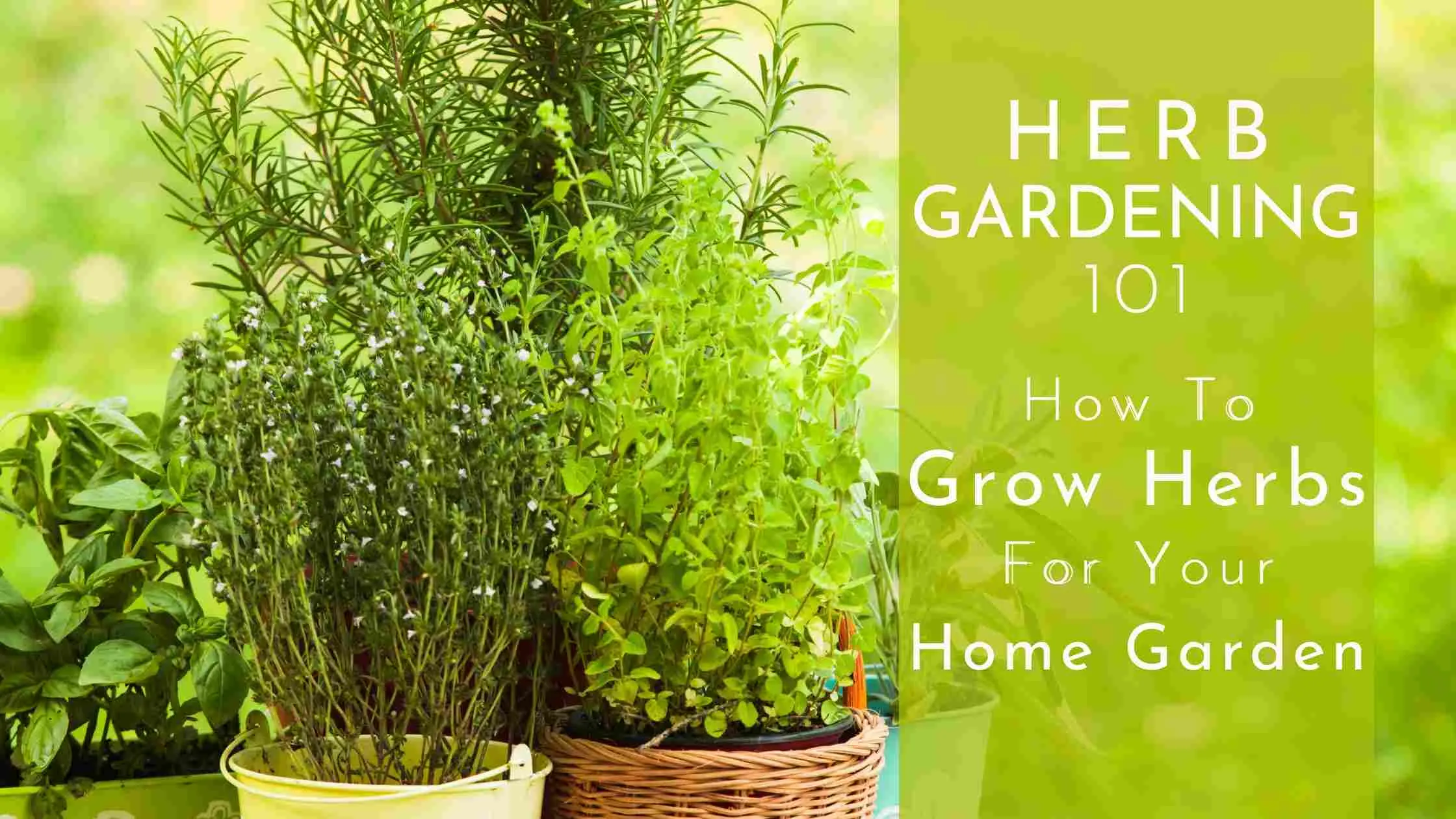What Is The Best Soil For Your Kitchen Garden in Raised Beds
For your vegetable garden to flourish you need the proper balance of sun, water, fertilizer, and most importantly soil! The right soil contains all of the nutrients that help your plants and veggies grow.
Below we will discuss the best soil for your vegetable garden in raised beds.
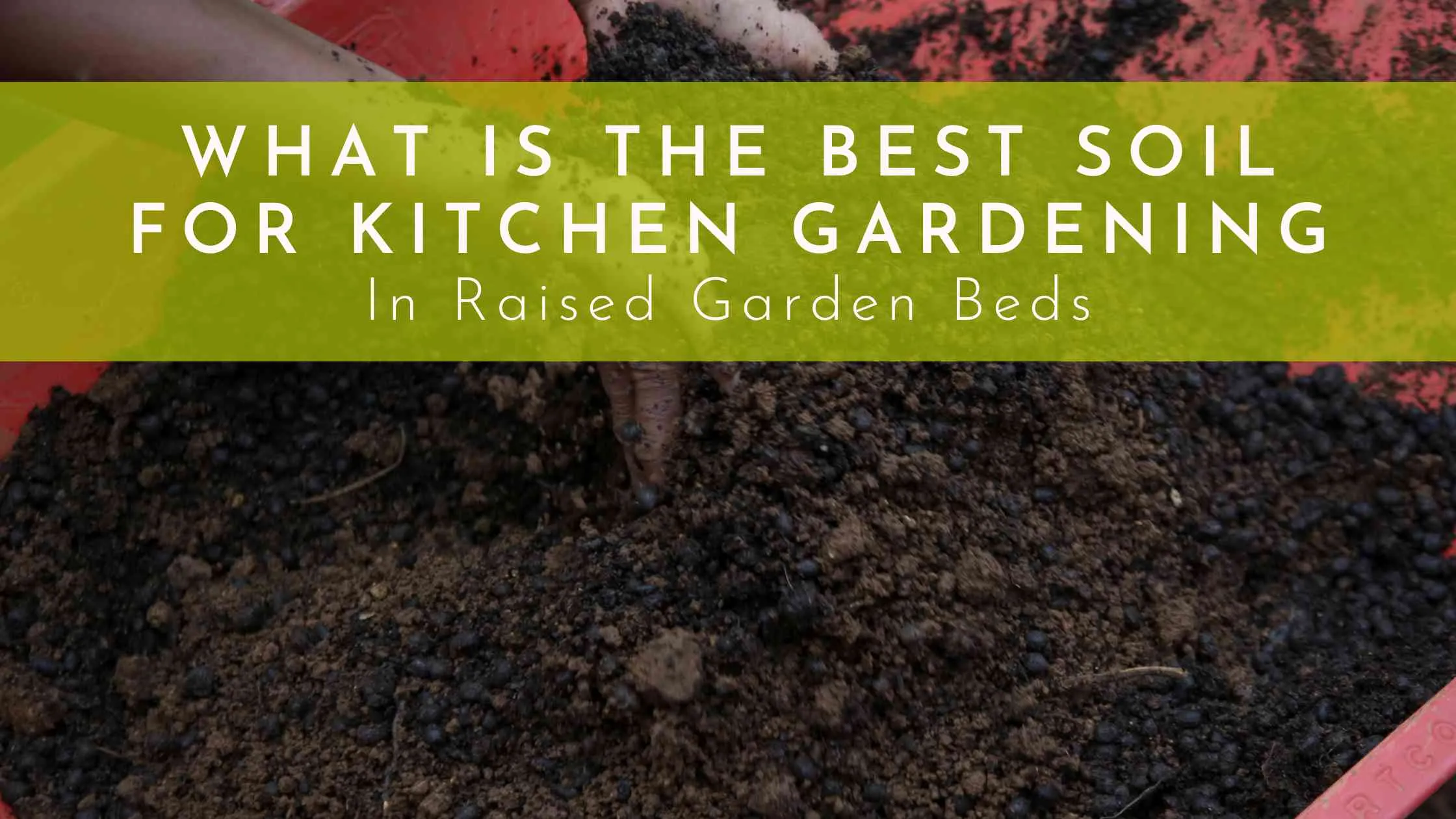
When you grow vegetables in a raised garden bed, you are able to control the soil, water drainage, and fertilizer. So the garden soil you choose is the foundation of growing healthy vegetables. Gardeners who have clay soil, hard-packed soil, or problems with tree roots or pollutants, should always use the best soil for vegetable gardens.
Not all gardens have good soil for growing crops. Here in Brampton the soil tends to be very heavy and clay-like – not the best for your backyard vegetable garden. When you grow your fruits and vegetables in a raised garden bed, the soil is contained, so it will not become hard-packed by footsteps. The best soil for a vegetable garden in a raised garden will always contain the nutrients to boost the strength of your plants.
Why Does Starting With Good Garden Soil In Raised Beds Matter?
New gardeners usually focus on buying plants and seeds when they are starting a new raised garden bed. But they completely forget or ignore the importance of good garden soil in raised beds.
It is crucial to know and remember that good soil is an important element for growing better sprouts, plants, and crops. If you are starting your vegetables in the ground in native soilmost likely you’ll have to rely on compost and fertilizers. But for a raised garden, always go for the best soil.
Many gardeners, reporting their plants not doing well, have a problem with the soil. For instance, if the leaves are changing color or the plants are not growing at all, there are chances that you are not providing them with good soil.
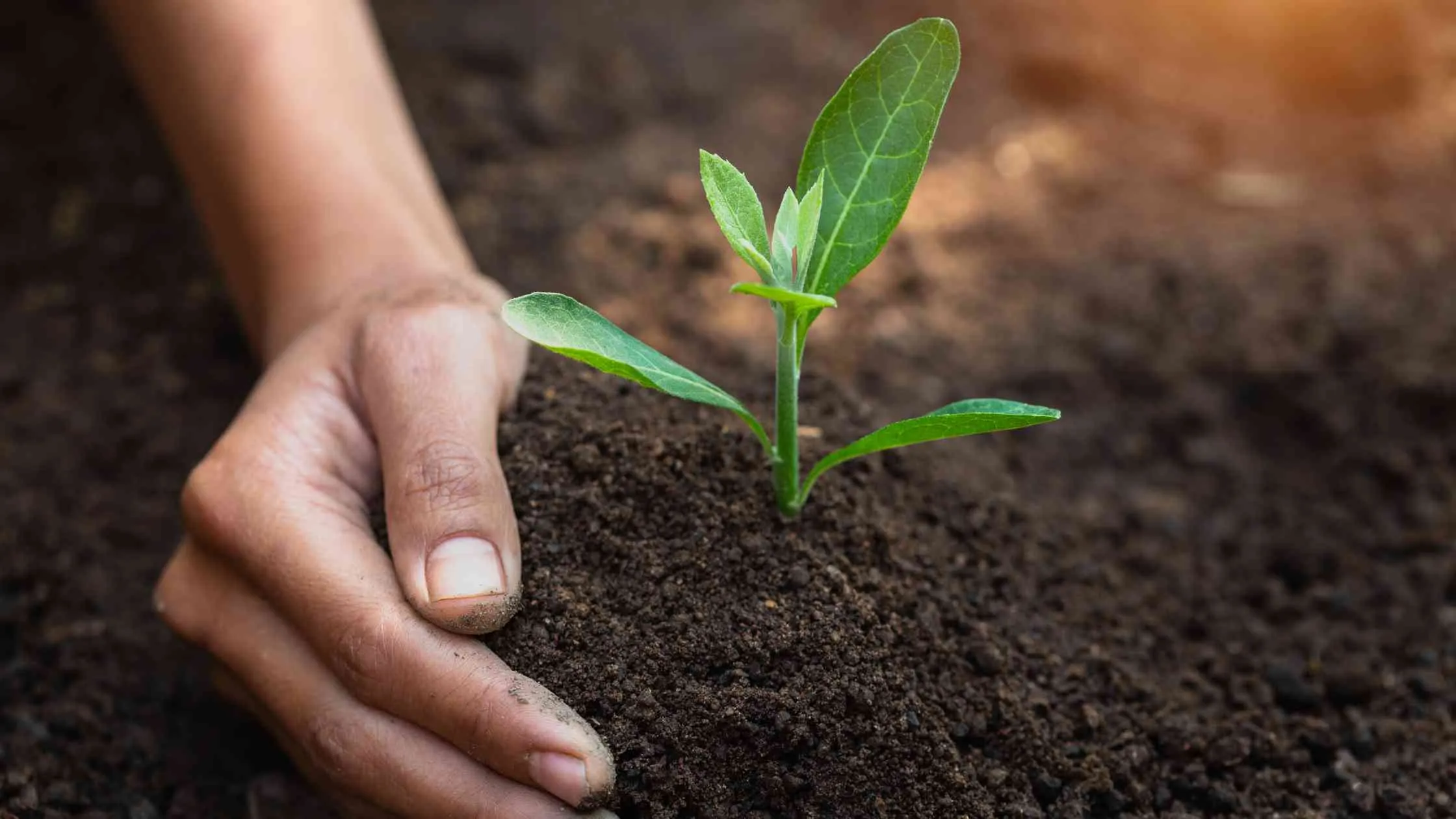
Comparing Garden Soil To Other Types Of Soil
Now, we know the importance of good soil for plants, let’s learn about different kinds of soil:
Garden Soil vs Native Soil
In comparison to garden soil, native soil is the soil on which your house was built. It has different layers of soil and it is different in every region.
In native soil, native trees and bushes can grow well because they have adapted and developed a strong and thick root systems that can support the plant even in your native area, even in hard clay-like soil as in my area.
The best plants to grow in a raised garden are annuals that usually have a life cycle of 30 to 90 days. You cannot grow peas, carrots, tomatoes, peppers, squash, eggplants, and beets in any soil. They have a very fragile root system, so they cannot grow deep into the earth like an oak tree.
In order to grow the above-mentioned and many other edible plants, you might need a different kind of soil. Avoid using the soil in your landscape, or filling the raised beds with this soil.
Garden Soil vs Topsoil
Topsoil is the top layer of soil that you can find in your landscape. It is nutrient-rich and permeable and can be used in soil mixtures. Before using the soil, make sure it is not sprayed or degraded with pesticides or chemicals. If the soil contains any of the chemical residues, don’t use it and start from scratch.
Many gardeners use top soil in their kitchen garden.
Garden Soil vs Potting Soil
Potting soil is specially used for support and better growth of potted plants. Sometimes, potting soil does not even contain any soil. There is just a mixture of compost, vermiculite, peat moss, perlite, and coconut coir. Sometimes, it just consists of coconut coir.
Most gardeners prefer potted soil instead of garden soil to start seeds indoors because it has a very light texture and is ideal for young seedlings, but not for mature plants.
Garden Soil vs Mixes
Some garden centres, sell potting soil that doesn’t include any soil. They even call it potting mix instead of potting soil.
For a raised garden bed, it is ideal to use a soil blend. A soil blend includes many organic ingredients and nutrient-rich soil. It boosts the activity of the rich organic matter that helps the plant to thrive.
How Much Soil Do You Need?
A raised bed requires a huge amount of soil to fill it to the top. But how much soil exactly you need depends on the size and width of the raised bed. There are soil calculators available online which help to figure out the exact amount of soil you need for your raised bed.
You can also use wood (a technique called hügelkultur) grass cuttings, dry leaves or trimmings from other plants or other garden waste products at the bottom of your raised bed. In this way, you require relatively less amount of soil making to cover the remaining area.

The Best Soil For A Raised Garden Bed
Vegetable plants in raised beds have different soil preferences, due to which you cannot decide which one will be best for a specific plant. As mentioned earlier, good soil should contain a combination of nitrogen, potassium, phosphorous, and organic matter.
Always remember that the perfect garden soil blend has a darker color and some moisture in it. If you hold the soil in your hand, it will hold together but still have some looseness. The best soil for a kitchen garden should hold the water long enough so the plants can take it up. If you are going to make a soil blend yourself, mix equal parts of compost, topsoil, and coarse sand.
While ordering the mix online, always note where you are buying from because different regions have different ideas of soil mixes. For instance, in Ontario, you can get a triple mix of topsoil, peat moss or black loam, and compost. However, in the U.S., you will get a 50/50 blend of compost and topsoil.
Whatever, you are going to use, make sure you amend it well with the compost, so that it holds the moisture and supports the growth of your plants in raised beds.
Amending The Soil In Your Raised Bed
Amendment of the soil is the addition of any materials in the soil to improve its overall properties. You can add compost to the soil to make it nutrient rich. If you don't have a compost pile, you can store some compost on reserve during the gardening season.
Compost piles can be any material from your garden. Just collect the fall-off leaves, chop them, and sprinkle them over the soil. It will work incredibly to make your raised beds grow well.
Additionally, it is also important to maintain the best soil. For this purpose, you need to add organic matter annually to the soil. Amending the soil will provide the following properties to the soil:
Aeration and Moisture
Moisture is a necessary element for any plant, but too much moisture can also harm them. Similarly, different plants have different drainage needs. If you are starting the plants with the same garden soil, you should also provide aeration to them.
To add aeration to the soil, you can use some common additives. Some of these are perlite, rice hulls, lava cinders, worm castings, vermiculite, sphagnum peat moss, coconut coir, coarse straw, and aged forest products. Perlite is the most common additive among these. It is very lightweight and reduces soil compaction very effectively. In addition to airflow, perlite also allows better airflow through the soil.
Compost and Fertilizers
The above-mentioned products are great for providing moisture and aeration to the plants. But little did they do to provide any nutrient value to these growing plants.
To improve the fertility of the soil of your raised garden bed, you can add a range of materials, including, plant-based compost, mushroom compost, cow, horse, or poultry manure, worm castings, leaves, bone, alfalfa, kelp or blood meal, vermiculite, azomite, and organic fertilizers.
Other Additives
Additional products such as agriculture lime or calcium carbonate will further enhance the overall well-being of your raised bed. Substances such as mycorrhizal or other beneficial bacteria included in bagged mixes and organic fertilizers are harmless for the raised beds.
The moderate amount of these additives also neutralizes soil pH. However, an excess amount can slow down the absorption of nutrients.
Soil pH
Soil pH is another important factor for plants, especially for vegetables. Although the recommended pH varies from plant to plant, the most favorable for almost all types of plants is 6-7.
To find the soil pH, you can use a test kit. In this way, you can easily manage to find if the soil is suitable for the plants or not.
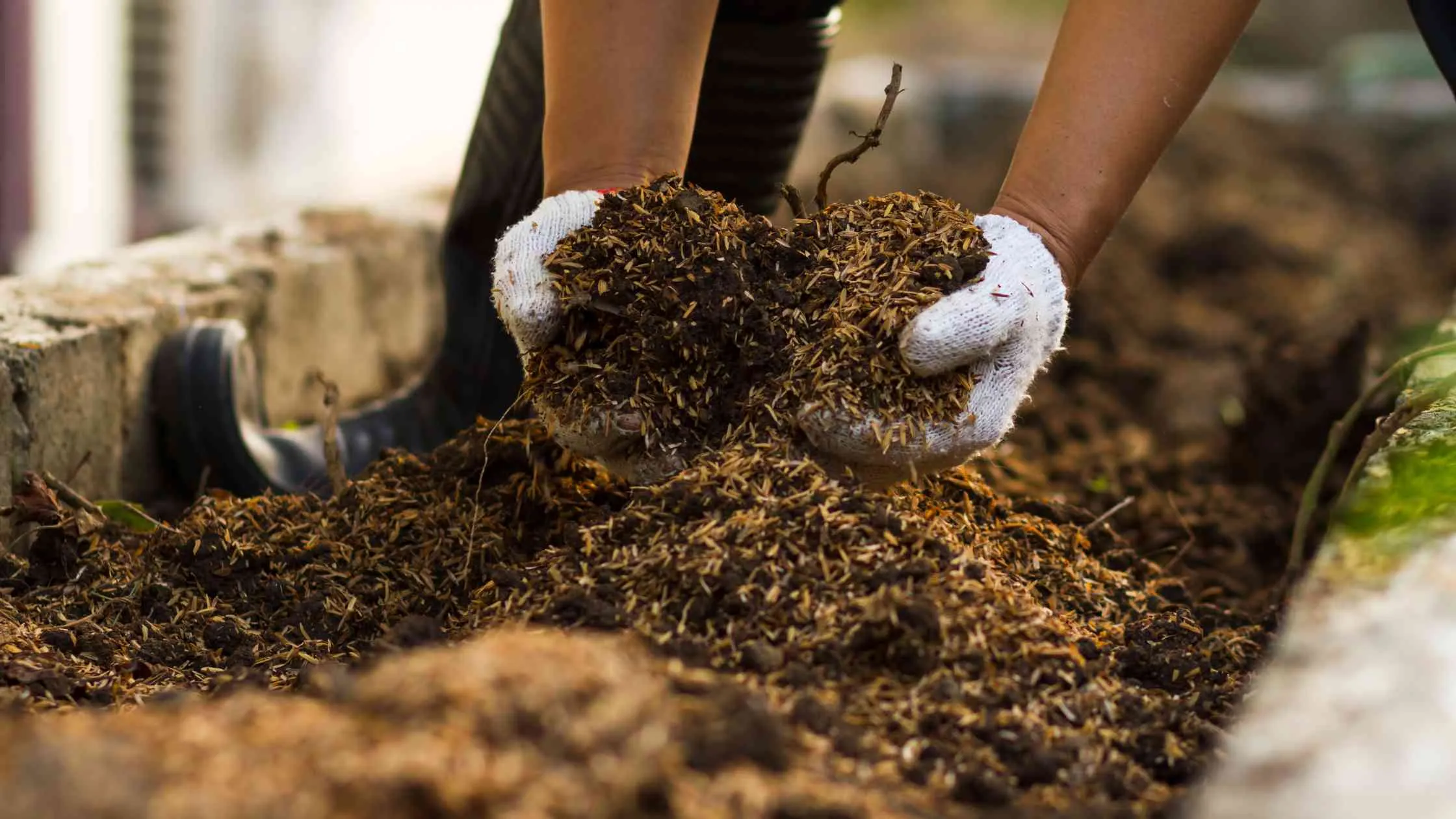
Maintaining The Soil In Your Raised Garden Beds
Once you are done with filling your raised garden beds, it looks like your job is done. But this is not the case. The minerals present in the soil will stay but the compost and other organic matter decompose day by day and gradually vanishes over time.
The following are some steps you can take to maintain the soil in a raised garden bed:
- Add a thick layer of good-quality compost every year to the soil. It keeps the land fertile and prevents the weeds to sprout.
- Add soil mixes to the beds to keep the soil nourished.
- Don’t add too much sand to avoid clumps.
- Regularly add vermicompost or manure-compost to the beds
- Cover the top of the bed with fallen leaves and let them decompose and mix, with the compost.
- If you see that plants are not growing well or falling over, try adding topsoil or some clay to give plants the proper structure.
- If you notice that your plants' leaves are turning yellow or the plant is rotting, there might not be enough permeability in your soil. The main reason for this case is too much water in the roots or too dense soil. Adding some sand to the soil will create air pockets and give roots proper drainage and space.

